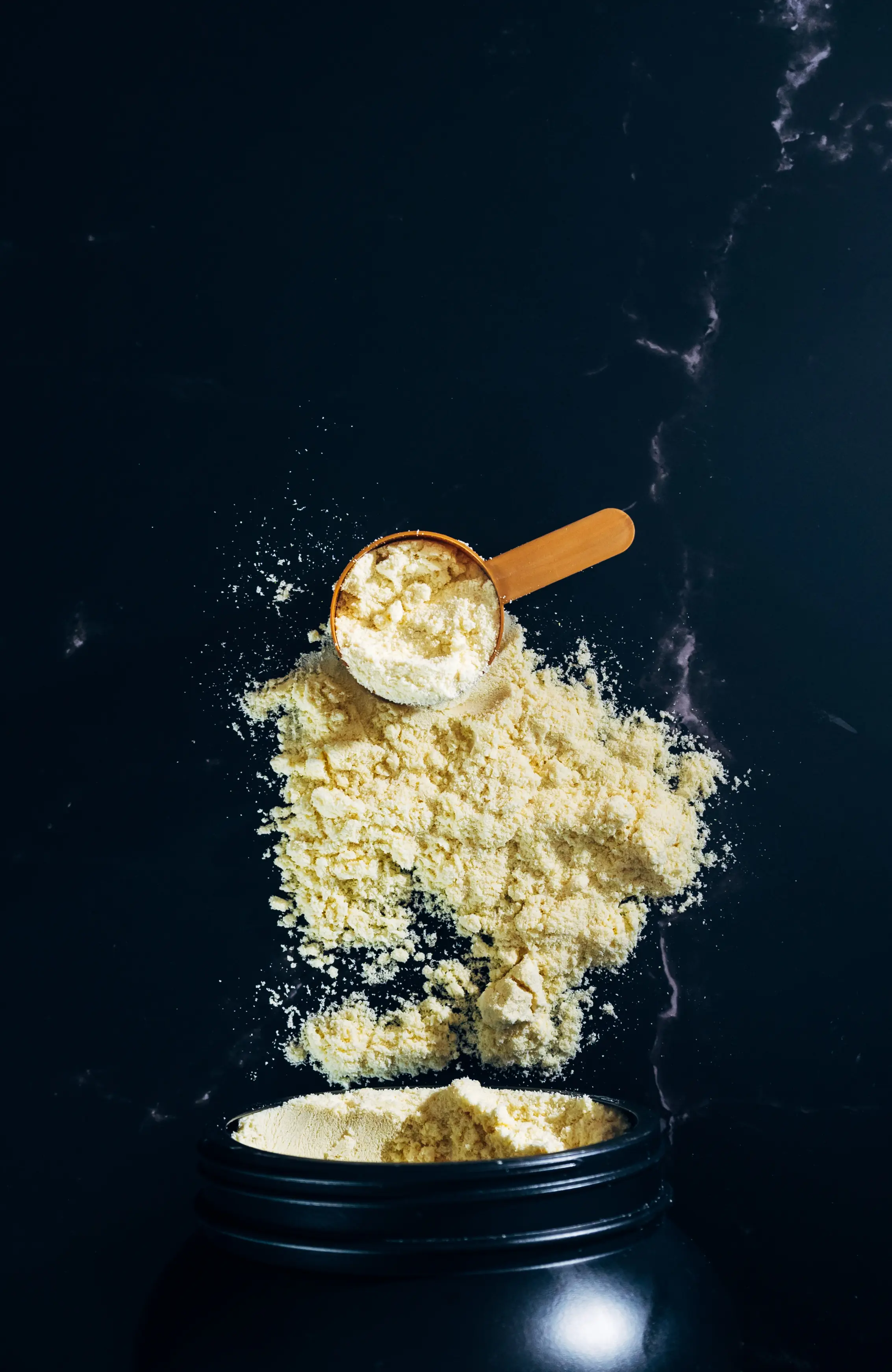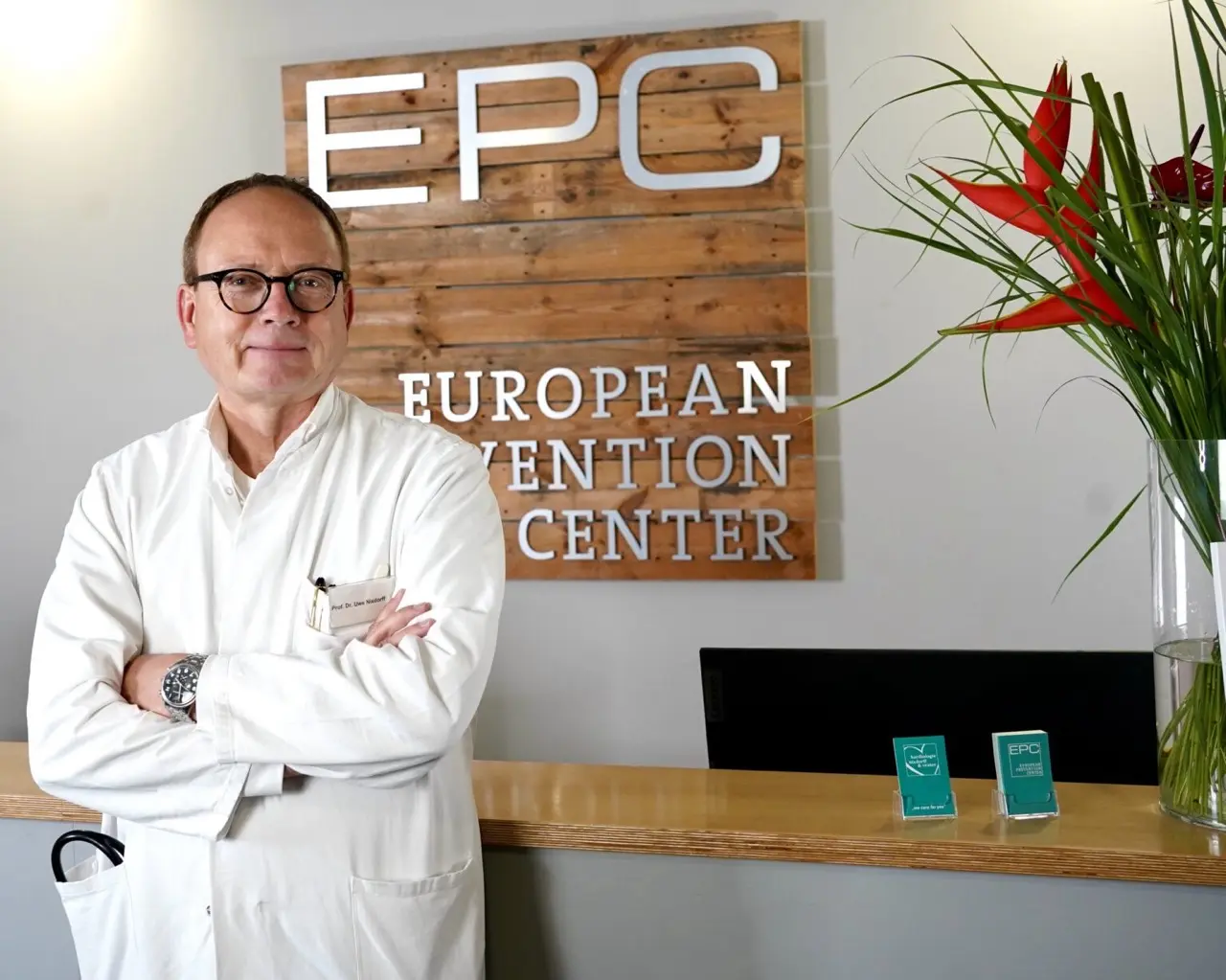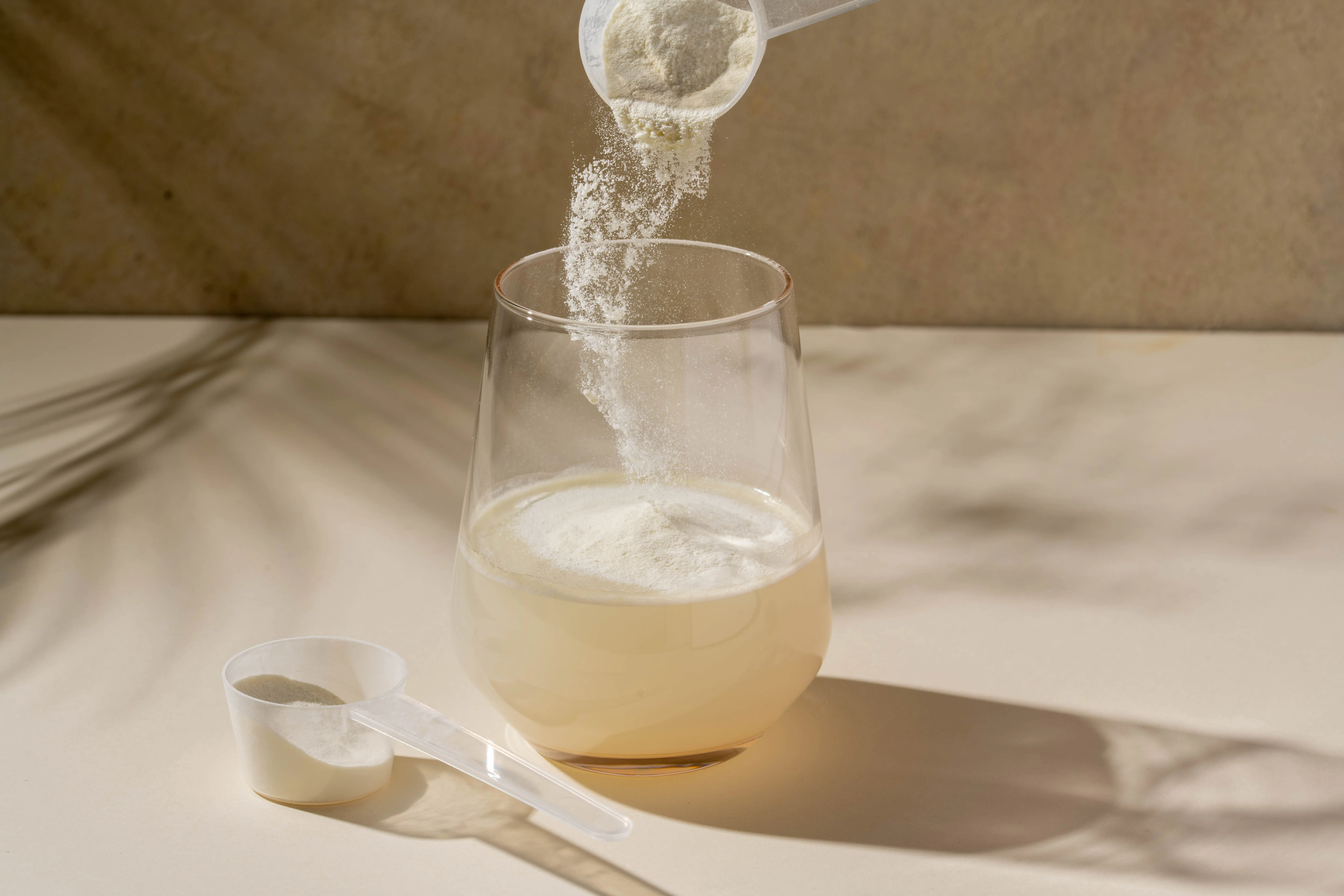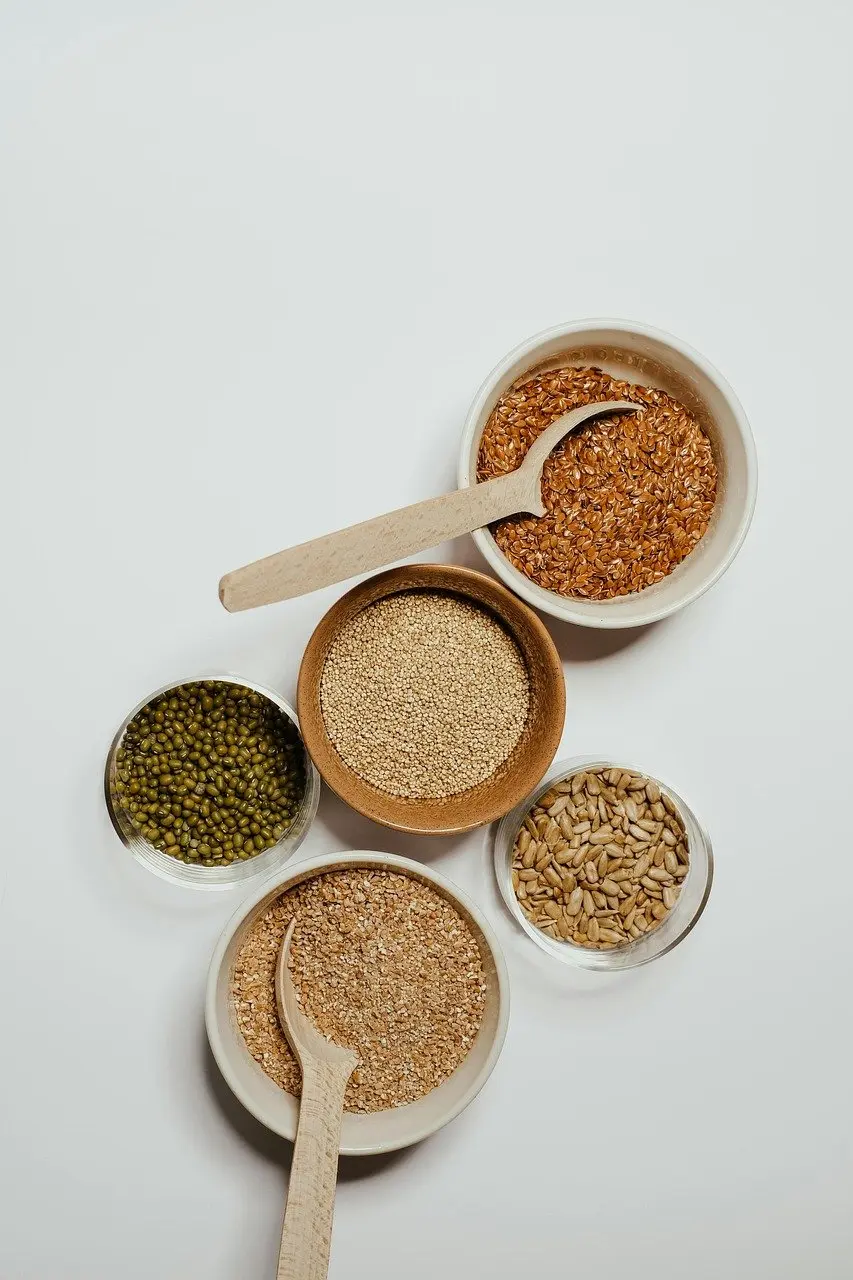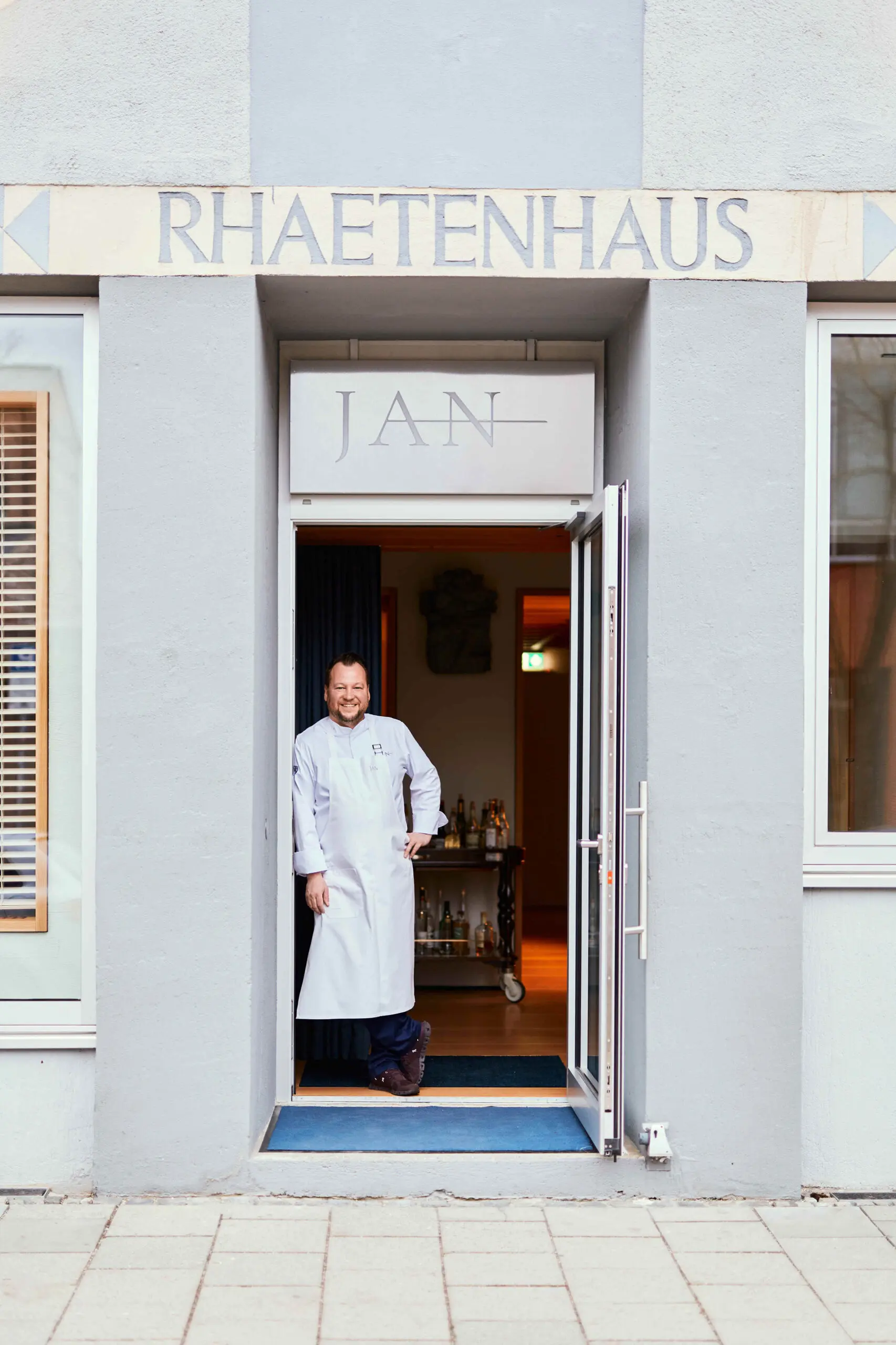From Brakes to Bodyguard: Why Researchers Now See P21 in a New Light
When an old acquaintance suddenly takes on a new role in the world of longevity research, a closer look is worthwhile. Until now, the cell cycle inhibitor P21 has been more of a quiet alarm signal: when it appeared, scientists knew that cells had gone into so-called senescence – a state in which they no longer divide but also do not die.
In short: cellular retirees who are still there but no longer contribute productively – and often fuel inflammatory processes.
But now a new study shows: P21 itself could become the fire brigade that extinguishes these foci of inflammation. A game changer? Certainly. And one with great potential for therapies against age-related diseases.
Cellular Senescence: When Cells Throw in the Towel
Before we dive deeper, a brief crash course in cell biology. Our cells cannot divide endlessly. At some point, they reach a stage where they are still alive but lose their original function. This is called senescence.
At first it sounds harmless – but it isn't. Because senescent cells often send out signals that negatively affect the surrounding tissue. They promote chronic inflammation, weaken the immune system, and are suspected of playing a role in the development of diseases such as osteoarthritis, Alzheimer's, or cancer.
And this is exactly where P21 comes into play – used so far as a marker to identify senescent cells. But what if this marker can do more than just indicate.
The New Role of P21: Anti-Inflammation Instead of Cell Death
The current study shows: In certain contexts, P21 ensures that senescent cells emit fewer inflammatory signals. In concrete terms: The cells remain inactive, but they no longer behave like troublemakers, rather like neutral observers - or even like active protective mechanisms against tissue damage.
This is new. And above all, it is an indication that not all senescence is inherently bad - but must be considered differentiated.
It seems as if there are two types of cellular aging:
- The destructive variant that triggers inflammation and accelerates aging.
- A "quiet" senescence, where the cells are switched off but not harmful - perhaps even helpful.
P21 could be the switch that decides which direction it goes.



